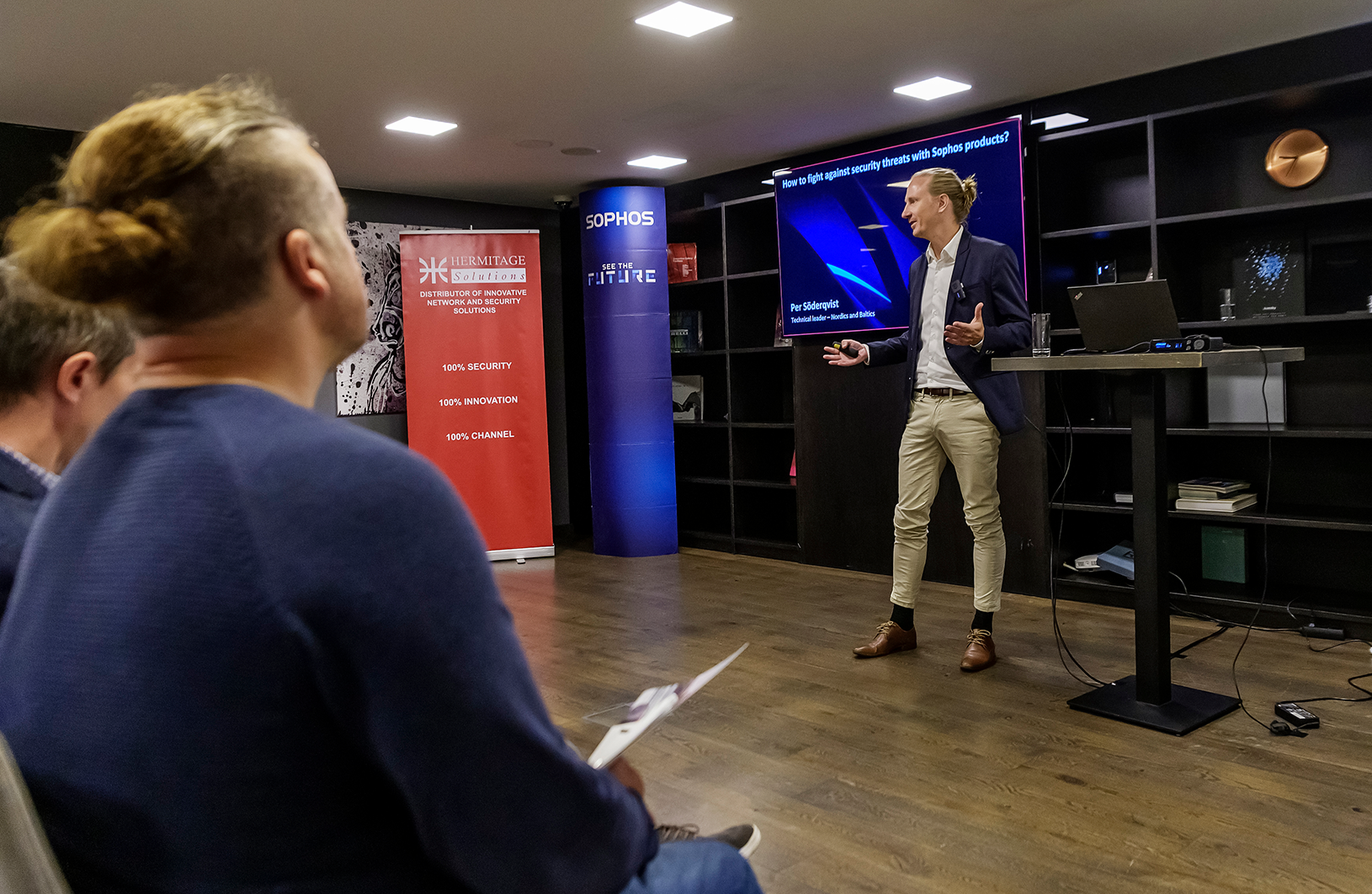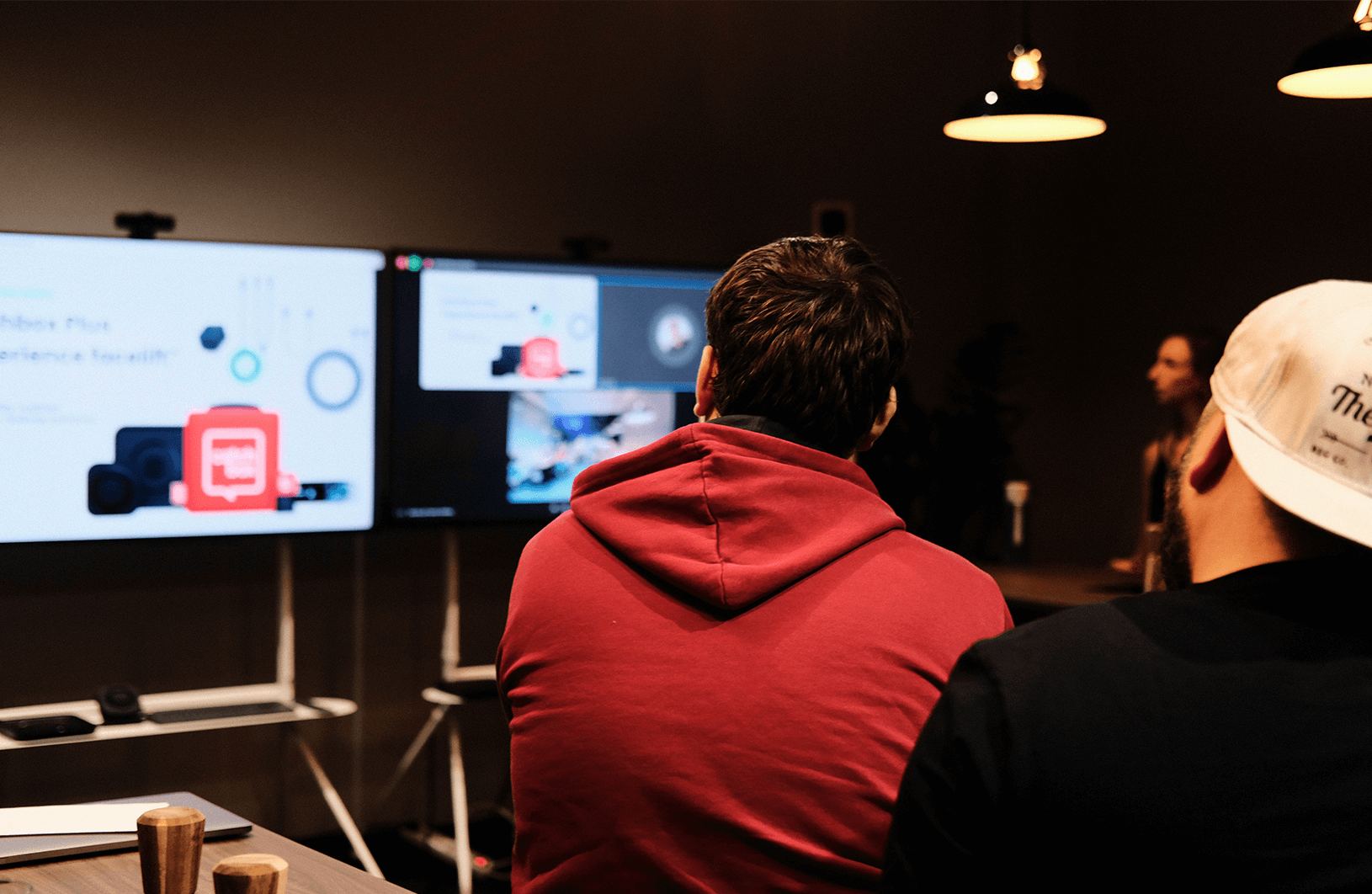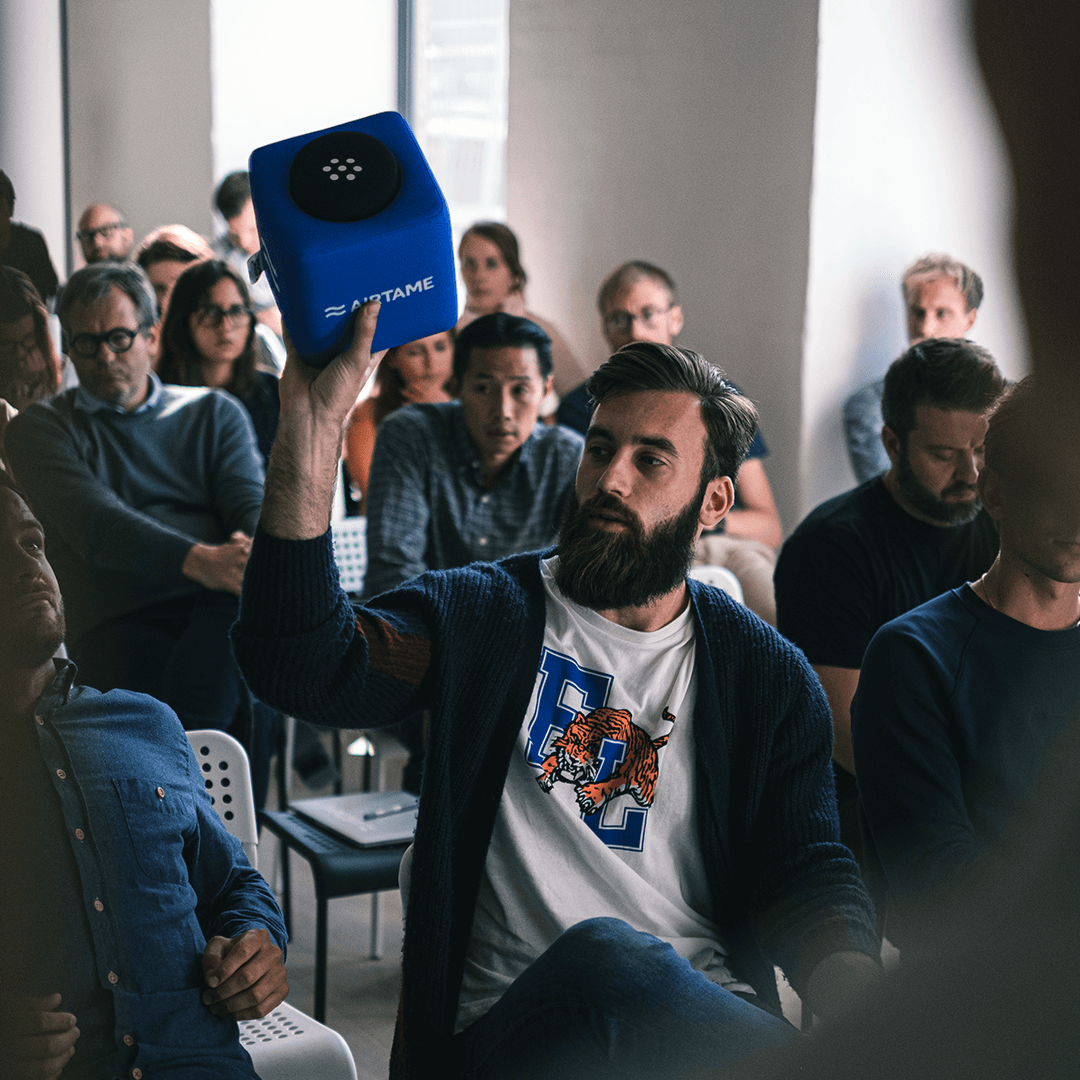The impact of automated meeting notes on team productivity
Automated meeting notes help save time, improve decision-making, and facilitate collaboration – discover how and why it matters for your business.

Published on: January 4, 2024
Do you take meeting notes like a scribe in a medieval monastery, meticulously recording every syllable by hand? Perhaps you've streamlined the process with acronyms and shorthand that require a legend for anyone else to decipher? Or are you like most people – capturing bits and pieces of information and hoping your memory will be enough to fill in the blanks afterward?
Whichever the case, there's a reason why you're taking notes. Documenting meetings and calls improves information sharing, increases accountability, and creates a reliable resource for future decision-making.
That is, only as long as those notes are reliable, easily digestible, and shareable.
But, let's be real – in most cases, they aren't. As a result, meeting notes often end up in some obscure folder never to be revisited again, benefitting nobody.
Automated note-taking tools are the answer. With the advent of artificial intelligence (AI) and improvements in speech recognition software, it is now possible to automate the tedious task of note-taking and create optimized meeting records that bring real value to teams and businesses – and do it all without typing a single word.
In this article, we'll delve into what automated meeting notes are and how they work, what benefits they bring to companies, as well as how to effectively make use of these tools in modern hybrid environments.
What are automated meeting notes and how do they differ from transcripts?
Automated meeting notes are exactly that – meeting notes that are created automatically.
This is made possible by specialized software that transcribes, condenses, or records the content of meetings, discussions, or conferences, and eliminates the need for manual note-taking. These tools not only transcribe the conversation but also distinguish between who's speaking and when.
What sets modern automated meeting note software apart from general transcription tools, which have featured the above-mentioned capabilities for years, is the integration of artificial intelligence (AI).
AI enables these tools to operate with the recorded information. Namely, create summaries, transform the text, extract key points, offer translations, and even answer your questions about the meeting through ChatGPT-like interfaces.
In other words, automated meeting notes no longer mean just a simple transcript – they offer a comprehensive and dynamic reflection of the meeting, allowing note-readers to re-engage with the conversation in a productive way.
How do automated meeting note tools work?
Natural language processing (NLP) systems lie at the heart of all transcription technologies. They are responsible for speech-to-text conversion and, thanks to continuous advances in the field, your transcriptions are becoming increasingly accurate.
Further contributing to the accuracy is AI. Artificial intelligence is typically employed not only to create summaries but also to polish the raw transcript. Within reason, AI corrects inaccuracies by taking into account the context of the discussion and ensures that the final transcript is a well-organized and easily digestible document, rather than simply a flow of captured words.
Still, the most important factor for transcription accuracy is the audio input. Crystal-clear audio is paramount for these tools to work at their best and no amount of cutting-edge software will save you if your audio is muffled, laggy, or heavily polluted with secondary noise. This is why those seeking to make use of automated meeting notes – businesses, conferences, and universities – typically turn to high-quality audio solutions such as Catchbox.
In terms of using the automated meeting note tools themselves, it usually happens in one of two ways – either by integrating them with your conferencing platform of choice, e.g., Microsoft Teams, Zoom, or Google Meets, or by recording the meeting's video/audio and then uploading it to the tool for processing.

3 key benefits of automated meeting transcriptions
Whether note-taking is already a deep-rooted part of your meeting culture or if it's something you haven't even considered, automated meeting notes present clear advantages for businesses that seek to make the most out of the countless collective hours their teams spend in meetings. Here's how.
1. Boosted individual productivity
Not having to write, format, or organize notes is more than just a quality-of-life upgrade. It frees up individuals from manual work that distracts them from participation and being present in meetings. Employees can fully focus on being present in the meeting or put their secretarial skills to better added-value use elsewhere.
2. Improved accountability
Automated meeting note tools provide a single source of truth. Meeting notes are collected in a single place, in a unified style, and can be easily browsed via search functions, rather than being spread around different folders on different computers of different people. This creates a valuable searchable database of everything that has transpired in meetings, which may serve to improve accountability, inclusivity, and communication.
3. Better collaboration
With all notes in one place and them being easily shareable, it becomes easier to collaborate with the involved parties and stakeholders. From getting everyone on the same page to enabling effective collaboration post-meeting, automated meeting notes ensure meeting content isn't exclusionary and provides value long after the meeting has concluded.
All in all, automated meeting notes help save time, improve decision-making, and facilitate collaboration, thus contributing to a significantly more productive office environment.

Audio: making automated meeting transcriptions work in a hybrid environment
One of the best environments for automatic transcriptions is remote meetings, because everyone has a microphone in front of them, namely, their computers'. Generally, this makes it easy to have somewhat uniform audio input, which helps the transcription software capture what's being said.
Hybrid meetings, however, can prove slightly more challenging, particularly, as it concerns the in-person participants' audio input. Why exactly? Two main reasons:
-Distance from the microphone
-Overlapping discussions
Often, it's a single laptop powering the hybrid meeting from the office side, meaning the physical participants will find themselves at varying distances from the microphone, which can severely impact how much and how accurately audio can be picked up and, in turn, negatively affect the quality of transcriptions.
The second issue is also one most teams are all too familiar with, namely, people talking over each other, confusing not only the audio recording but remote participants, too. Overlapping speech throws voice recognition software into disarray and it's the fastest way to corrupt the quality of the transcripts.
Using a Catchbox for automated note-taking in hybrid settings
More and more companies have turned to Catchbox for their hybrid meeting audio needs – to improve audio quality, to make meetings more engaging, and to ensure accurate meeting note recording.
The Catchbox is a throwable, wireless microphone that's encased in a soft cover and can be quickly passed around. It solves the aforementioned challenges by:
-Offering high-quality audio capture that guarantees everyone – be it a remote participant or a note-taking bot – hears what's being said as clearly as possible.
-Serving as a baton that's passed from speaker to speaker, ensuring orderly discussion is maintained and background noise is avoided.
Thanks to its ease of setup and engagement-boosting design, Catchbox has quickly become a hot favorite in meeting rooms, lecture halls, and everywhere else where people want to ensure a fantastic audio experience for their hybrid environments.
Getting started: tips and considerations for automated meeting notes
Don't worry – you don't need to buy microphones and expensive software right from the start.
Some tools offer free trials and it's recommended that you first test different options to understand what matters to you and your team. Pay attention to what functionalities these tools offer, whether they integrate with your conferencing platform and other software you use daily, and, of course, the pricing, as it can vary wildly as well.
Only once you've understood where and how automated notes bring value to your business it's worth investing in a quality set-up – one that enables you to take full advantage of the automated meeting notes.
That said, do keep in mind that, while testing, the quality of the notes may be suboptimal, and don't rush to blame the tool, as there may be other factors, i.e. audio capture, that are impacting the result.
Get in touch with our Catchbox team to learn more about how exactly a Catchbox could benefit your hybrid meeting automated note-taking and how to get started!
Recommended
Find out more

Auditory distractions in hybrid work
Noise distraction at work is not only frustrating, but it also has adverse effects on performance and productivity. Find more what measures can be taken to minimize noise distractions.

Catchbox for companies
Unleash your employees’ potential by fostering a culture built on collaboration. From all-hands meetings to employee onboarding - Catchbox mics ensure everyone can hear and be heard.